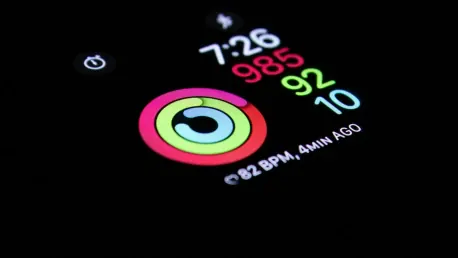
Parental burnout is a growing concern, with significant pressures placed on parents, especially those with children facing health challenges. The U.S. Surgeon General's recent public health advisory emphasizes the urgent need to support parents for the mental health and well-being of both

The healthcare industry is undergoing a major transformation driven by digital innovations, setting the stage for a more efficient and accessible system. Digital health technologies, such as telemedicine and mobile health apps, are reshaping how patients and providers interact, breaking barriers

In recent years, the healthcare industry has faced multifaceted challenges, particularly those exacerbated by the pandemic. To combat these challenges and ensure the continuous delivery of patient care, healthcare organizations have increasingly turned to technology. Two technological solutions

The healthcare industry is on the cusp of a significant transformation, driven by the advent of Artificial Intelligence (AI). Margot Brews, Head of Health Risk Management Strategy at Momentum Health Solutions, sheds light on how AI is set to revolutionize healthcare by enhancing efficiency,

Apple has been steadily transforming its array of technology devices into essential health tools. This notable evolution includes the addition of heart rate tracking, ECG functionality, blood oxygen monitoring, and sleep tracking across the Apple Watch and iPhone, which integrates seamlessly with

Remote Patient Monitoring (RPM) has become a pivotal component in modern healthcare, revolutionizing the way patient care is delivered. From its early days of tracking basic health metrics to its current state of sophisticated technology integration, RPM has significantly impacted patient outcomes